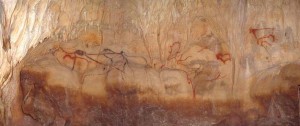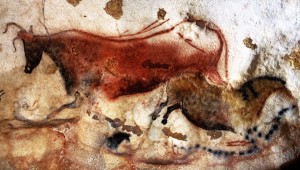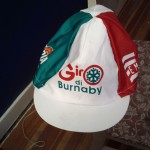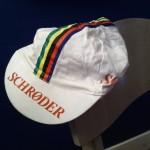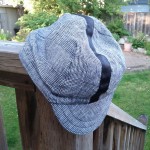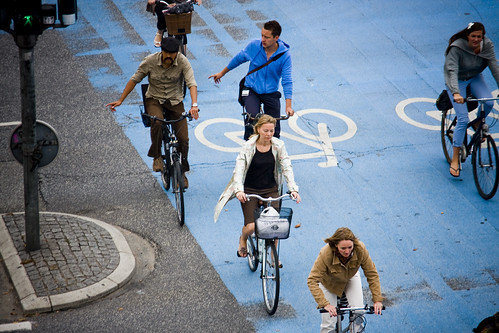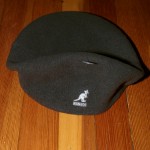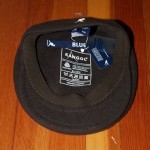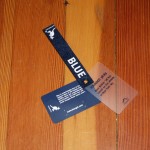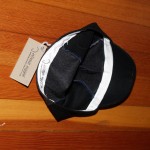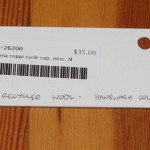Cave art (and lunch in a chateau) in the Dordogne
We sure had a real French holiday the past couple of days.
First, we saw real cave art at La Grotte de Cougnac. What a feeling standing only a few feet from these red and black paintings that were actually painted more than 14,000 years ago. These paintings are now among the most extensive of the cave art that you can actually get close to. Most of the others are too small or too delicate to withstand crowds of people breathing on them.
Next morning, we zoomed off to Sarlat-la-Caneda because its weekly market is one of the largest in the Dordogne. Unfortunately, several thousand other people had the same idea to visit the market. We were crawling along in the car for many kilometres just to get into the town and then once we got parked out walked into the market streets, it was a total, claustrophobic crowd-scene. And, to make it worse, there wasn’t really anything there that we hadn’t seen at other, smaller, markets.
After the madhouse of Sarlat we figured we’d head to the next town and look for a quick lunch in a restaurant. Instead, we ended up with this amazing, high-quality lunch in a real chateau.
So far, one of the top two restaurant meals on the trip. Imagine the irony, a gourmet lunch in an old chateau on a day when we couldn’t linger because we had reservations for Lascaux.
Nowadays, when you go see the amazing cave paintings at Lascaux, you don’t really see the cave paintings at Lascaux. You see reproductions in a man-made cave situated about 100 metres below the entrance to Lascaux. That’s because, the real cave paintings started to degrade after about 15 years of a constant stream of visitors. All those humans breathing out their CO2 caused calcite deposits to form of the precious paintings and the real cave had to be closed.
Luckily, in the early 1980’s, after 20 years of work, Lascaux II was opened with two little caves that are exact replicas of the originals and contain exact reproductions of the majority of the paintings (complete with mineral-based dyes that are the same composition as the original “paint”). It was pretty cool.
So, we saw actual cave paintings, exact reproductions of the most famous cave paintings in the world, and had lunch in a renaissance chateau. A very French holiday.
